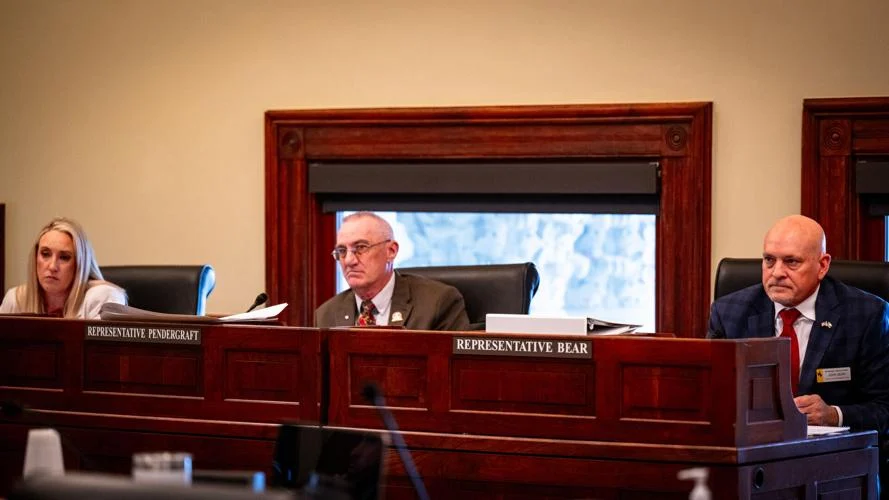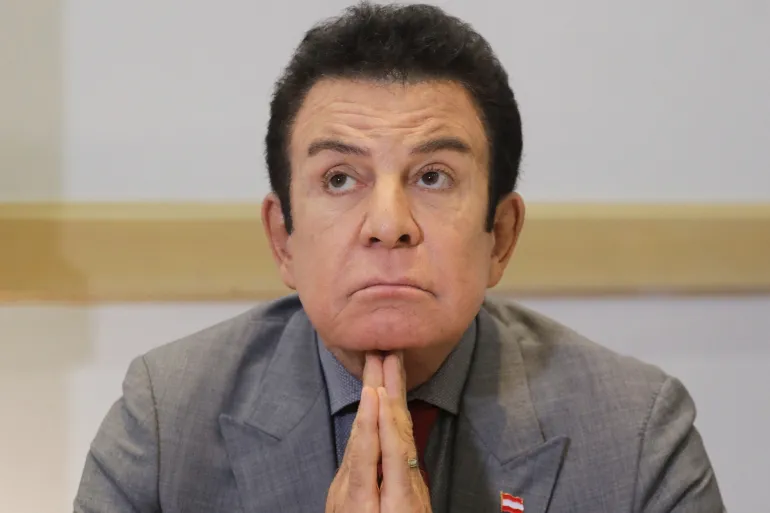As tensions between the US and China continue to escalate, the United States is set to significantly bolster the Philippines’ military capabilities with increased funding and expanded joint military exercises, according to Philippine Defense Secretary Gilberto Teodoro, Bloomberg reports.
The Philippines, a long-standing US ally, anticipates receiving sustained annual defense funding of $500 million from Washington through 2029. This funding will be instrumental in strengthening its military and deterring what Teodoro describes as China’s “aggression” in the region.
The renewed commitment from the US comes amid heightened trade and geopolitical friction between Washington and Beijing. The Philippines has increasingly become a key partner for the Trump administration in countering China’s growing military presence, particularly in the South China Sea.
The US’s commitment was underscored by Secretary of Defense Pete Hegseth’s recent visit to Manila, his first stop in Asia, where he emphasized steps to solidify the “ironclad” alliance between the two nations.
The Trump administration has also exempted military aid to the Philippines from a funding freeze. Furthermore, the State Department recently notified Congress of a potential $5.6 billion sale of F-16 fighter jets to Manila. This support is critical as the Philippines seeks to defend itself against China’s expansive territorial claims in the region.
While initial US funding will focus on equipment to improve monitoring of the disputed sea, the Philippines also aims to acquire its own medium-range capability missile system “as soon as possible,” Teodoro stated. One option under consideration is the purchase of the land-based Typhon missile system, which the US deployed to the Philippines during joint drills last year. The defense department is also exploring domestic capital markets to secure loans for military upgrades.
The Typhon system’s ability to fire multipurpose rockets, including Tomahawk cruise missiles with a range sufficient to reach significant portions of China, has already drawn ire from Beijing.
In addition to acquiring new weaponry, Manila anticipates that the US and other partners will deploy more advanced weapons for training purposes in the coming years.
“There will be increased tempo of joint exercises as our platforms become more interoperable, not only with the United States” but with other defense partners including Japan and Australia, Teodoro explained.
US and Philippine troops are scheduled to conduct their annual flagship joint drills this month, where the US plans to deploy an anti-ship missile system and unmanned surface vehicles to the Philippines for the first time.
Teodoro believes that China’s current economic challenges could lead to increased external activity as Beijing seeks to rally domestic support under the guise of self-defense against the United States.
This sentiment comes amid a recent escalation in the trade war between the two nations, with China imposing an 84% tariff on all imports from the US in response to the US’s 125% levy on Chinese goods.










The latest news in your social feeds
Subscribe to our social media platforms to stay tuned